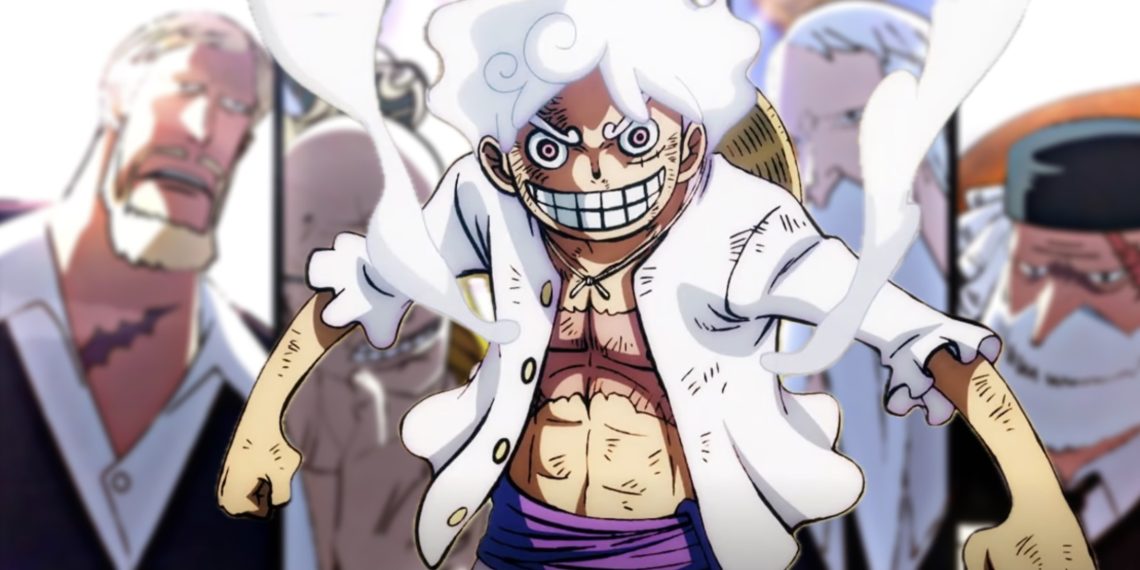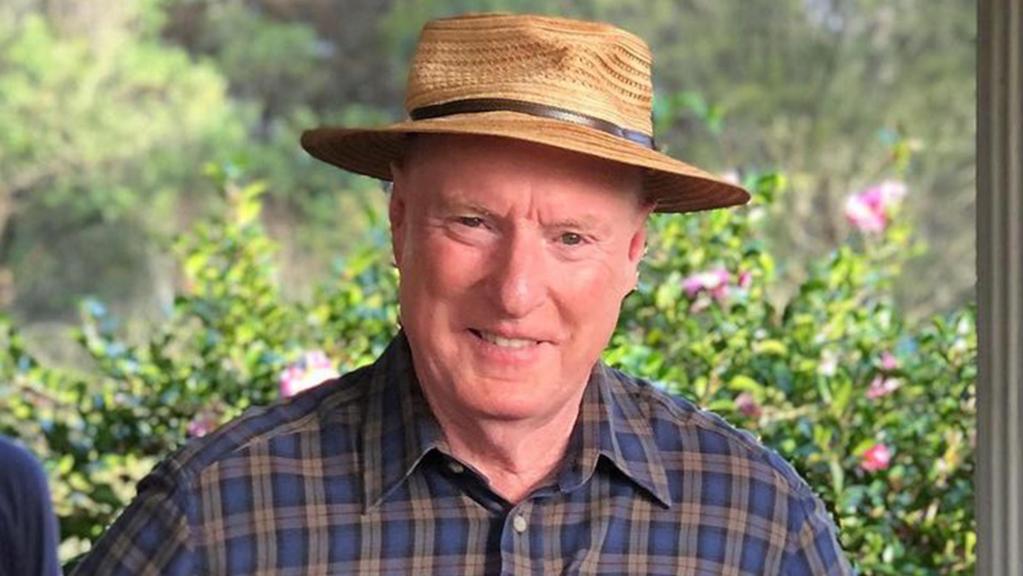The famed figures of the One Piece universe, known as The Gorosei or colloquially as The Five Elders, have made a pivotal entrance onto Egghead Island, igniting a clash aimed at quelling the turmoil that threatens to consume the island.
Their target: none other than Luffy, the indomitable protagonist, whose presence stirs the tides of battle wherever he treads.
In their bid to restore order, The Gorosei have revealed their formidable powers, wielding abilities that strike fear into the hearts of onlookers.
While peeks of their forms have tantalized viewers in earlier chapters, it is only now that their true visages stand revealed to the eager eyes of One Piece fans.
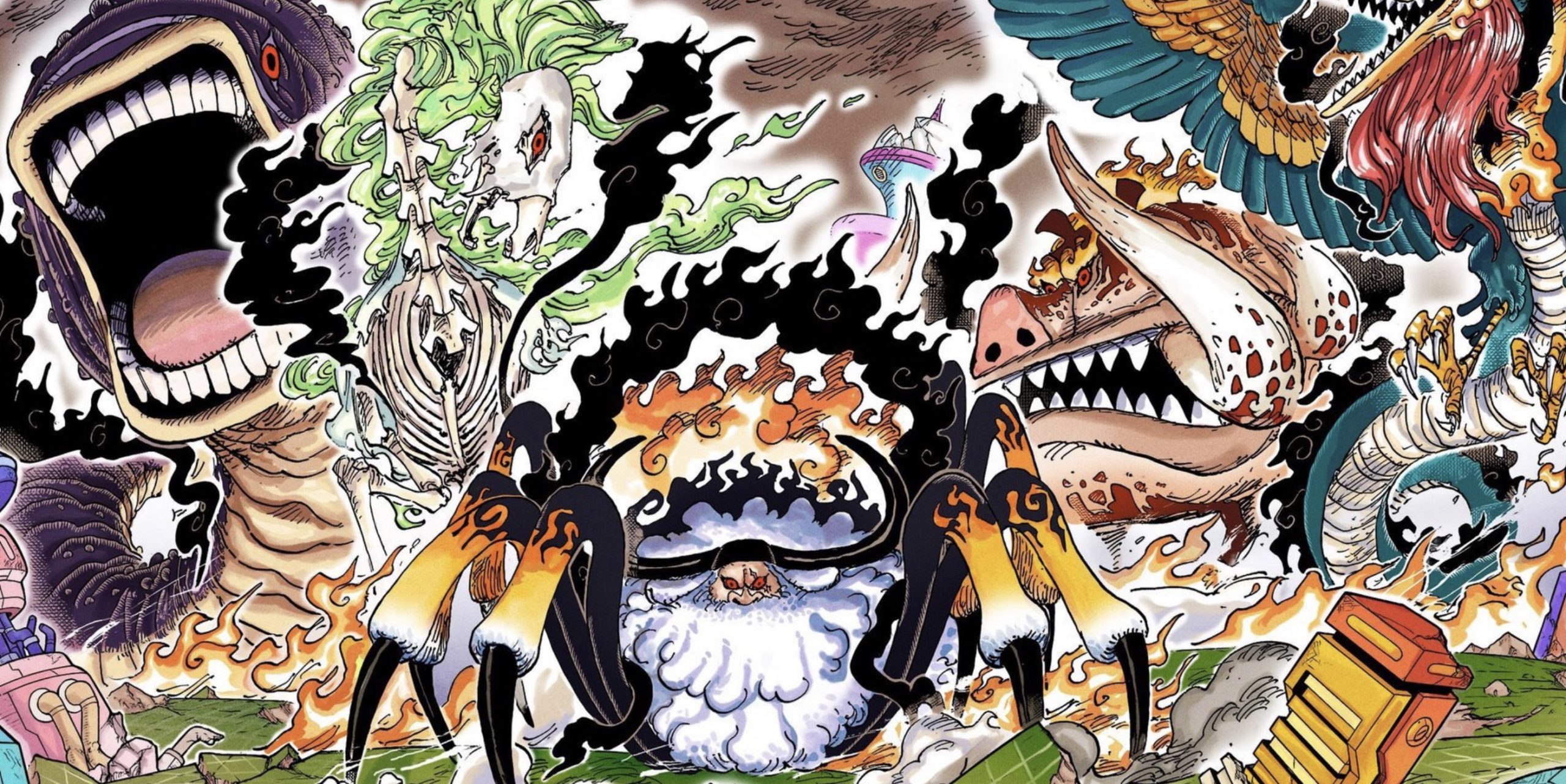
These venerable figures possess abilities that defy conventional understanding, leading many to speculate that they harbor within them the most fearsome of all mythical Zoan Devil Fruits.
Yet, amidst the fervent speculation that swirls around The Five Elders, a compelling theory emerges—one that posits their powers to transcend even the legendary capabilities of mythical Zoan Fruits.
Whispers suggest that the Devil Fruits they and the enigmatic Imu have consumed are not merely extraordinary but corrupted, bestowing upon them infernal abilities that threaten to tip the scales of power.
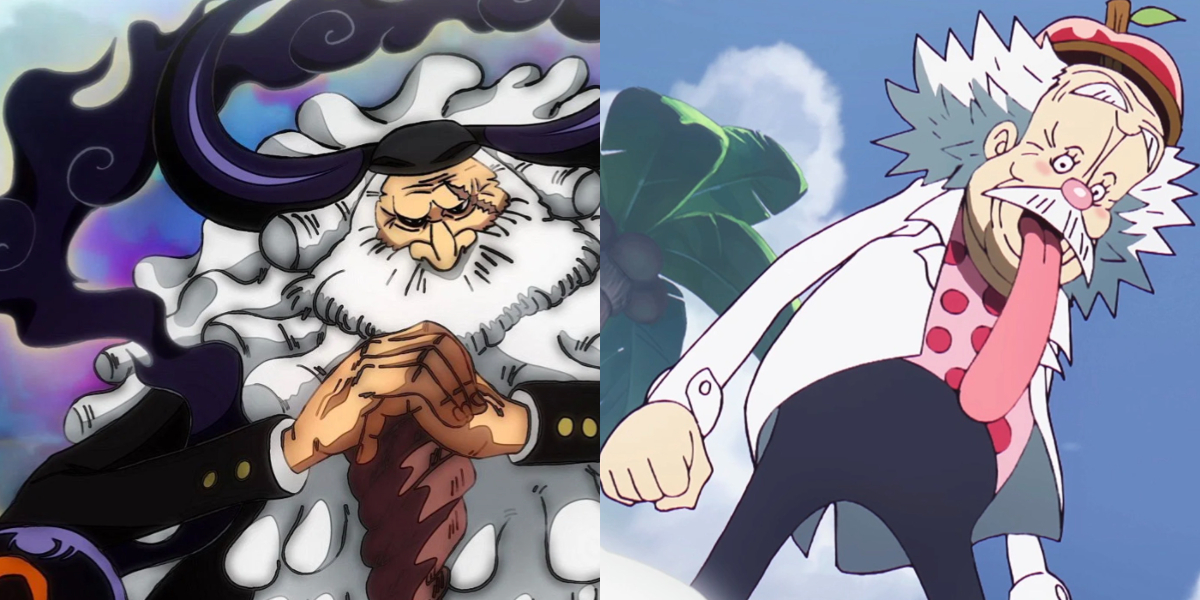
For Luffy and his steadfast crew, this revelation presents a daunting challenge, one that resonates deeply with the overarching theme of One Piece: the pursuit of dreams.
As the battle on Egghead Island unfolds, the clash of titans serves as a witness to the enduring allure of One Piece, amazing audiences with its rich characters and compelling narratives.
With each revelation, the stakes are raised, drawing viewers ever deeper into the intricate web of intrigue that defines this beloved series.
The Corrupted Devil Fruits Theory: Imu and the Gorosei’s Sinister Power
According to @3SkullJoe’s theory, the Devil Fruits wielded by the Gorosei and Imu are inherently corrupted. Dr. Vegapunk, during the Egghead arc, purported that Devil Fruits serve as manifestations of individuals’ wishes and fantasies, each symbolizing a unique path of evolution for its consumer.
The essence of this theory lies in the notion that if wondrous dreams can materialize, so too can nightmares. This perspective offers a potential explanation for the moniker “Devil Fruits.”
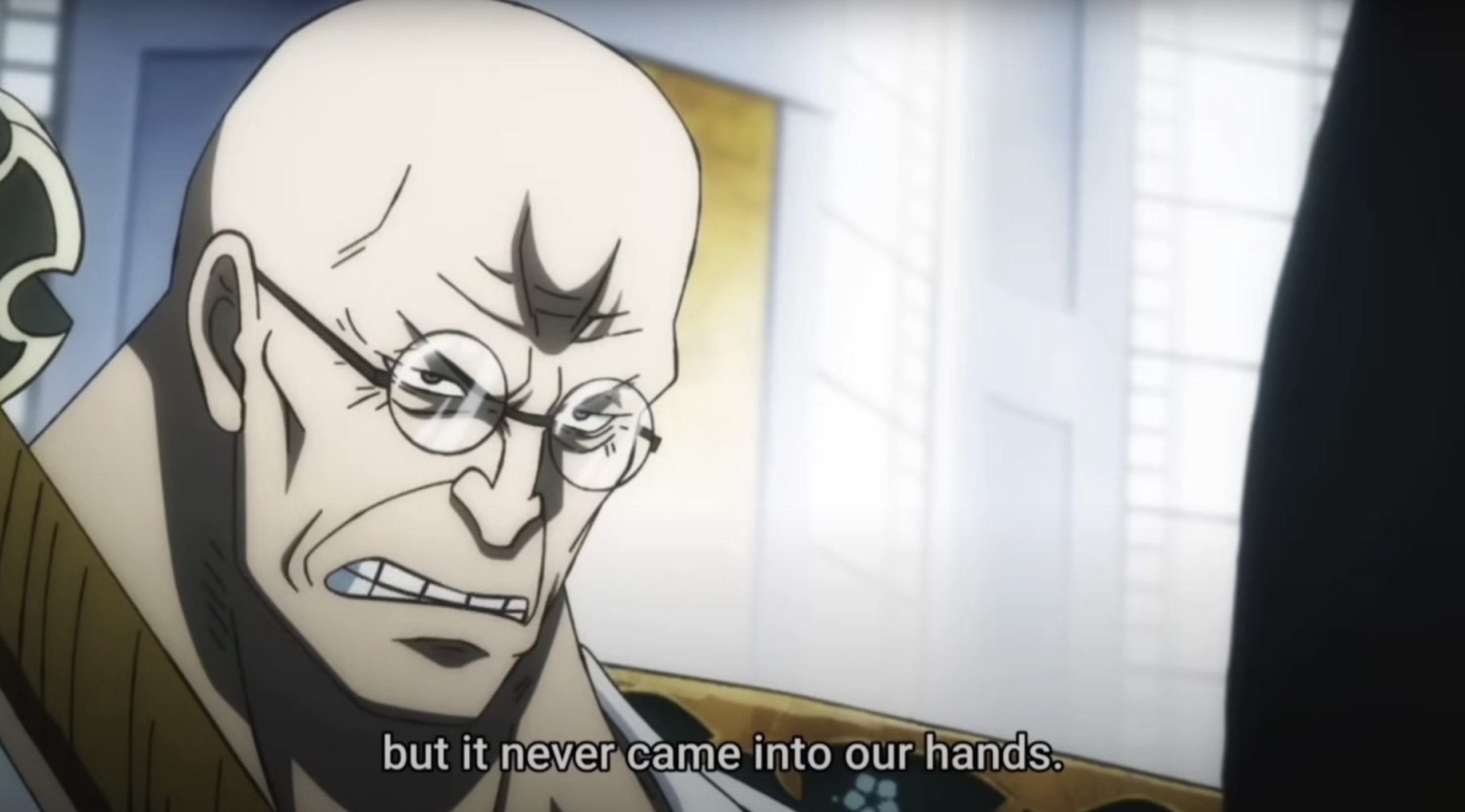
While Luffy embodies ideals of freedom and positivity, his counterparts, Imu, and the Gorosei, are speculated to harness Devil Fruits embodying themes of darkness, sorrow, and fear, imbuing them with a sinister quality.
Should this theory hold true, confirming that the Five Elders and Imu possess such Devil Fruits would reinforce the concept of their fruits being corrupted. Blackbeard’s Yami Yami No Mi serves as another example of a corrupted Devil Fruit, deriving power from darkness itself.
Dreams hold paramount importance in One Piece. Nearly every character harbors dreams or aspirations they strive to fulfill. Remarkably, even the manifestation of Devil Fruits is purportedly influenced by individuals’ dreams and desires.
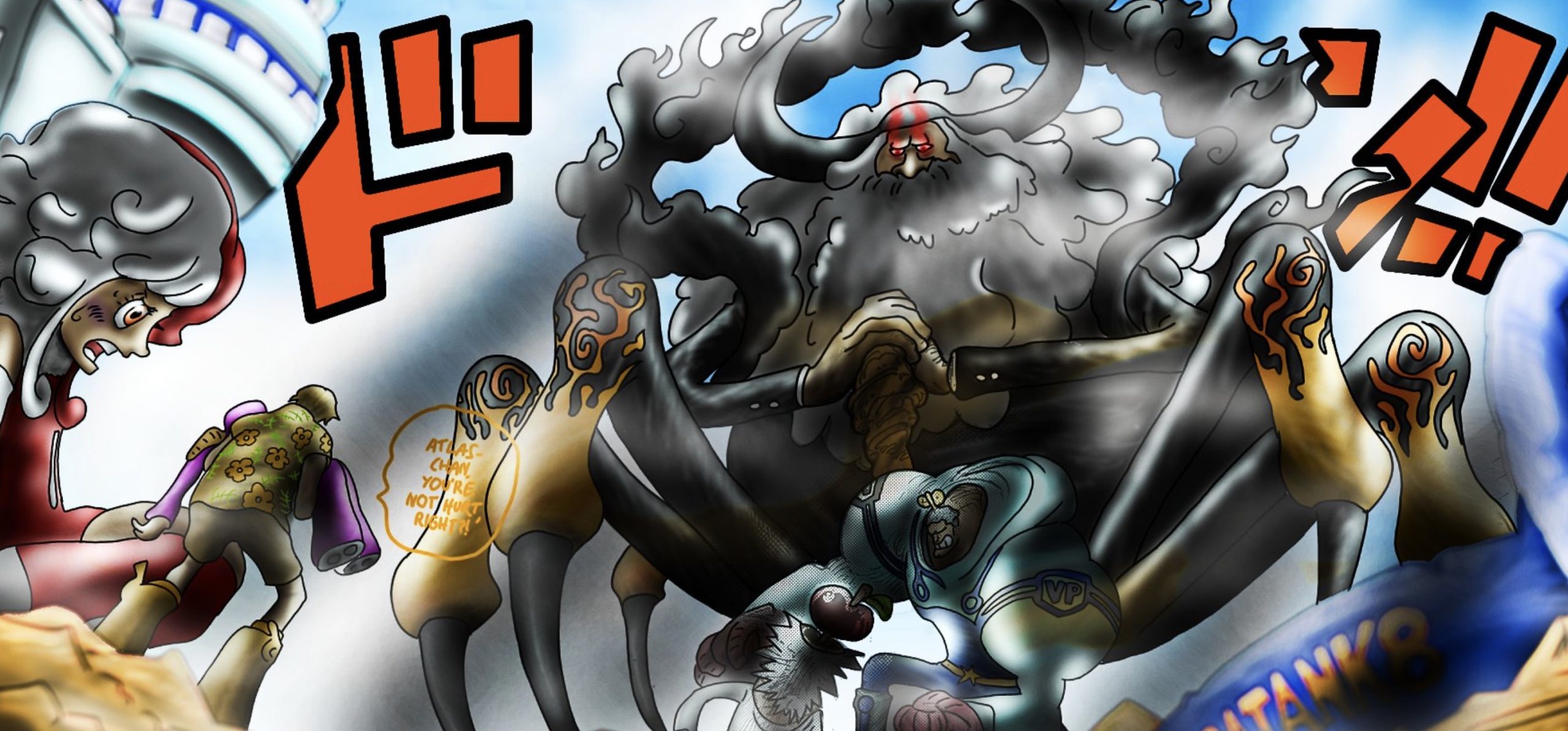
As the narrative progresses, the significance of the dreams held by the Straw Hat Pirates, particularly Luffy, intensifies. Luffy’s dream of attaining freedom and liberation remains shrouded in mystery, yet his unwavering pursuit suggests its profound significance.
An opposing force, represented by Imu and the Gorosei, may emerge to thwart his aspirations.
Considering the thematic underpinnings of One Piece, it would be fitting for Luffy’s ultimate adversary within the World Government to embody the antithesis of his ideals.
In this context, the corrupted Devil Fruits wielded by Imu and the Gorosei emerge as formidable counterparts to Luffy’s Nika fruit, aligning with the series’ exploration of imagination, independence, and the pursuit of dreams.


